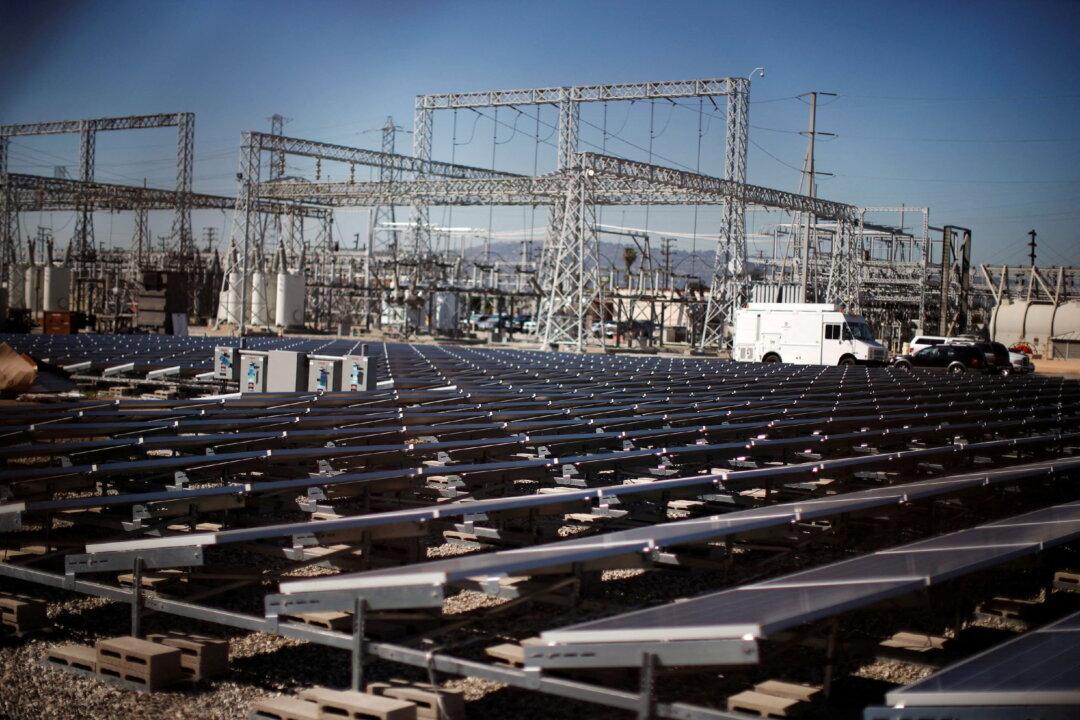Commentary
California’s regnant political class sees almost every policy in terms of inspiring the world to adopt policies similar to the state’s on global warming or climate change. A recently published book will disabuse anyone who reads it of that notion, because it shows our reliance on the traditional industrial-age fuels, coal, and petrochemicals inevitably will get greater, not smaller.





